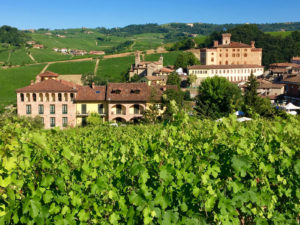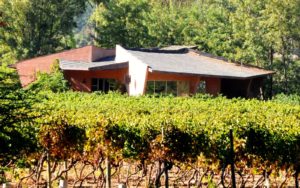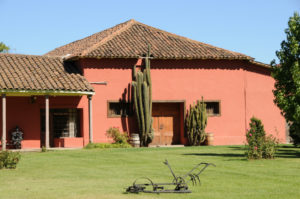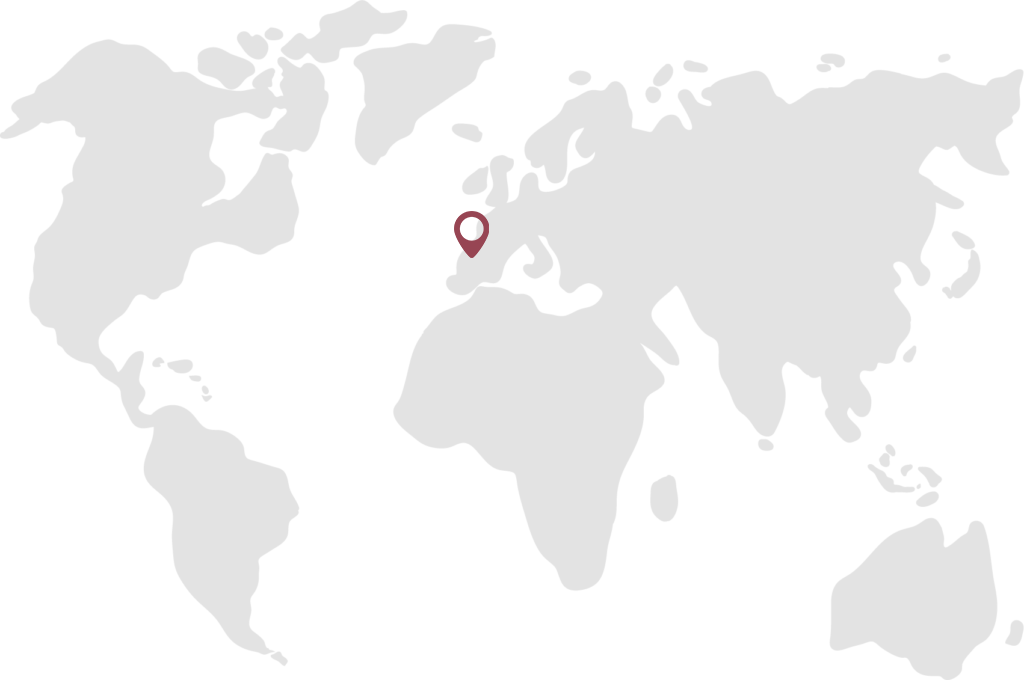It is a balmy afternoon in the state of Washington. George Stevenson meets me at Ooba’s Mexican Grill in the town of Woodinville. He wears a black sweater and has piercing blue eyes and cropped brown hair. We move to the counter where he orders a burrito and a glass of water. He has driven from Seattle, where he lives. It is his day off work and he is running errands. George is the Executive Chef for DiStefano’s Winery in the town of Woodinville. He works there for dinner events and also works at two other locations in the City of Bellevue.
George –
“My family lived in Belgium from 1979 to 1984. We were made to eat out, made to experience food. My mom was a fantastic cook. Not long after they were married, the book Mastering the Art of French Cooking had come out. She was a Fulbright Scholar and studied biology. She got married and dissected Mastering the Art of French Cooking like a biologist would.
“Growing up we cooked every night.
“I grew up in the south and got an art history degree from the University of the South in Sewanee Tennessee. Started working in a restaurant my senior year and fell in love with the environment. It was active, stimulating completely. Started to work another three months at a restaurant in Mississippi where my family was from.
“I’m was making good food in this sort of hippy bar, natural food focused. I just had a lot of fun. So I went to culinary school in Vermont. New England Culinary Institute. I had a great experience and when we were done I wanted to be away from my comfort zone. What I wanted was a city with an identifiable food culture. Not as expensive as New York or San Francisco, not as cold as Chicago, not as dangerous as New Orleans.
“I got an internship at a restaurant called Fullers in Seattle. The chef had won a James Beard award. The kitchen was very strong, full of extremely talented cooks. About year three months in, I decided I needed a part-time job and got with this catering company. They offered me a chef position. We were doing the concerts at Chateau Ste. Michelle Winery.”
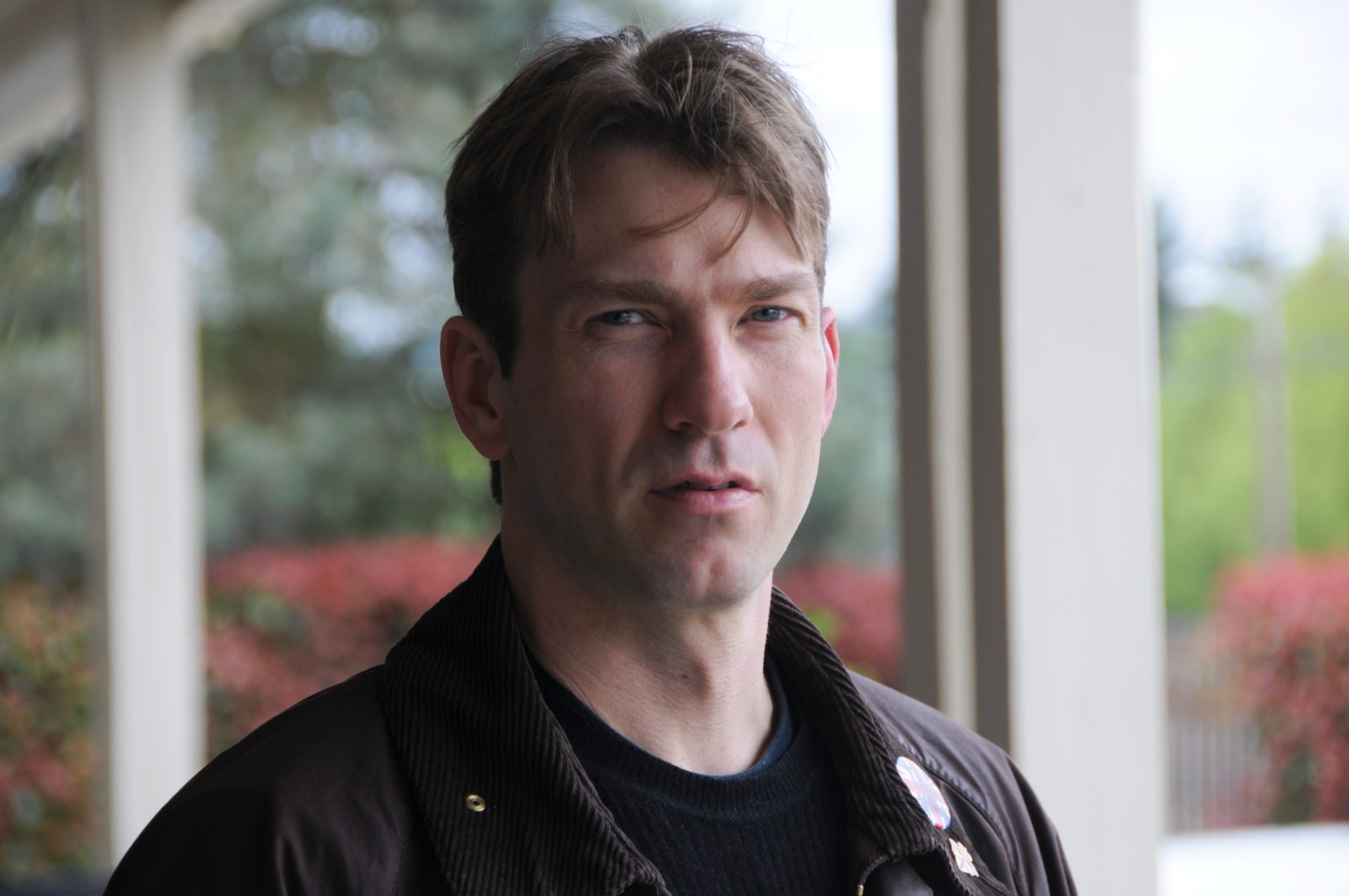
“I think Woodinville’s pretty cool. When I got out here, there were six boutique or artisan wineries as well as the Columbia and Chateau Ste. Michelle. Now there are 45, 50, maybe more. Food wise in a winery, it’s a little less adventurous than you can do at a restaurant, but the expectations are the same. You do want the food to be, culinarily speaking, intelligently conceived. You want the preparations to be not what can be done at home without a whole lot of work. It’s of a very high level.
“We’d done some stuff at DeLille Cellars. It’s beautiful. Like a château on the hill. So I showed up at DiStefano and I was like, this can’t be the place. It’s a warehouse! Got the directions wrong, or the address wrong. I’m going, this is crazy. This is no winery. No grapes around, stuff like that. Went in and you know, it’s the coolest thing. Lights are all out. There are wrought iron candle chandeliers hanging from the rafters. You can’t see the ceiling. There are candles interspersed in the barrels and we’re doing a dinner. Worked with the catering company and did all kinds of dinners and developed this fantastic relationship with DiStefano.
“I didn’t have any idea what wine was until I got working over here, and when I did I was just astounded. Food isn’t wine. Wine is food though.
“We were crushing wine and I said to Mark, what do you think about me making a barrel of wine here? He said sure. It’s 86 percent Bacchus Cabernet, 8 percent Merlot, then two percent each of Cab Franc, Malbec, and Petit Verdot. The blending? Fantastic. We sprinkled in this two percent of Petit Verdot and it was like that’s it. Rounded it out. Had a graphic designer come up with a groovy label and it’s just a little pink jester’s hat. It was fun, man.
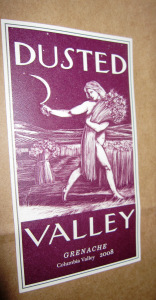
“I’m in this environment where there is just direct feedback from the people. My little kitchen is a bar, a big granite slab on three barrels, and there’s the table. They watch me work and I watch them eat.
“I work two restaurants in Bellevue. A Japanese noodle restaurant and a more western style high-end bistro. Japanese noodle? That’s a new thing
“There are jobs out there I’m qualified for that would pay a lot better than what I’m making. But I’ve already done that style of corporate catering, taking people sandwich platters. I don’t want to do it. I’d rather bust it at a Japanese restaurant and learn a new style of food in a dynamic environment than be in charge of schlepping out corporate catering.
“The goal is at some point be driving the cuisine of a restaurant. So I don’t want to get sucked into a job that’s too comfortable. I’d rather be financially a little uncomfortable and pick up a catering gig on the side and find the right opportunity. I’m happy to plug along at the current situation, than to get a ‘real’ job, with ‘real’ benefits in a corporate environment.”
